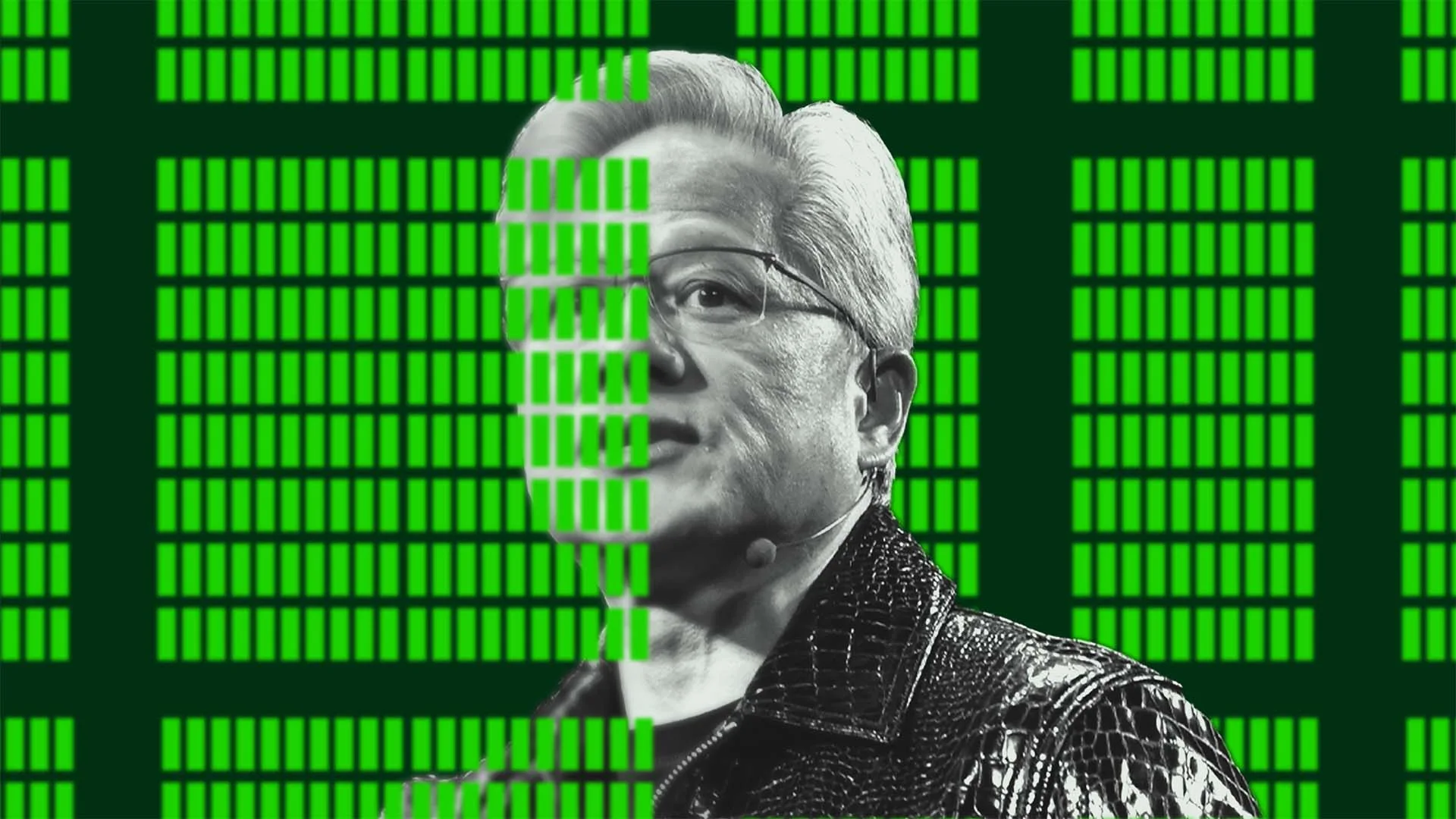Jensen Huang's Bold Gamble That Rescued Nvidia from Collapse
In the mid-1990s, Nvidia, now a titan in the tech industry, faced a critical juncture. Co-founded in 1993 by Jensen Huang, Chris Malachowsky, and Curtis Priem, the company aimed to revolutionize computer graphics.

In the mid-1990s, Nvidia, now a titan in the tech industry, faced a critical juncture. Co-founded in 1993 by Jensen Huang, Chris Malachowsky, and Curtis Priem, the company aimed to revolutionize computer graphics. However, their initial product, the NV1 graphics chip, failed to gain traction due to incompatibility with popular games, leading to financial turmoil and internal discord.
By 1996, Nvidia was on the brink of bankruptcy. The company's workforce had dwindled, and morale was low. Recognizing the dire situation, Huang made a decisive move to abandon the NV1 architecture and pivot the company's strategy. He proposed developing a new, more compatible graphics chip, targeting a broader market and aligning with industry standards.
To expedite this turnaround, Huang implemented an unconventional approach. He invested in a hardware emulator—a device that allowed engineers to simulate chip designs without the need for costly prototypes. This emulator became the centerpiece of Nvidia's efforts, operating around the clock with engineers working in shifts to design and test the new chip.
Huang's strategy was unprecedented in the semiconductor industry. By bypassing the traditional prototyping phase, Nvidia aimed to accelerate development and reduce costs. The team worked tirelessly, driven by the urgency of their financial predicament and the belief in their new product's potential.
The result of this intense period was the RIVA 128 graphics chip. Released in 1997, it quickly gained popularity for its performance and compatibility, selling over a million units within four months. This success not only stabilized Nvidia financially but also established its reputation as an innovative force in the graphics industry.
Huang's leadership during this crisis exemplified resilience and adaptability. His willingness to take calculated risks and challenge industry norms set the foundation for Nvidia's future achievements. The company's survival and subsequent growth into a leader in AI and graphics technology can be traced back to this pivotal moment in its history.
Today, Nvidia stands as a testament to the impact of visionary leadership and the importance of agility in the face of adversity. Huang's bold decisions during Nvidia's early years continue to influence the company's culture and strategic direction, underscoring the enduring value of innovation and determination.



